The first time you get a negative customer review can be, well let’s face it, downright depressing! You can’t help but take it as a personal assault. Not to mention that it maligns your professionalism, or perhaps the professionalism of your staff. Worse, it is often visible on social media and internet services such as Google. So, after your initial negative reaction, how do you move forward with damage control?
Use It As A Tool to Improve
Don’t despair; it’s not the end of the world. In fact, you can use negative feedback as a tool for improving customer service, and believe it or not, build a more positive relationship with your clients. Now take a deep breath, and let’s analyze the reasons for bad reviews objectively, and how to take advantage of the opportunities they offer.

To begin with, no matter how much you focus on providing the best client experience possible, there are bound to be disgruntled customers from time to time. The larger your clientele, the more likely you’ll experience some bad reviews, for whatever reason. It’s impossible to please everyone. Once you come to terms with that reality, you can look at the reviews with objectivity.
Here are some things to consider when dealing with negative reviews:
- You can’t always give a client the outcome they desire. There are times when their expectations are unrealistic. Often, this type of person will deal with their disappointment by posting a critical review, rather than voicing their opinions in person. This is bound to happen occasionally, especially because pet owners are emotionally invested in their pet’s well-being. Recognize that you’re not going to please clients 100% of the time.
- Satisfied clients don’t always write reviews. In other words, if you have some bad reviews, that’s to be expected, but you can’t expect happy clients to run home and get on the internet to write a glowing review. So how can their positive experience help you? Ask clients who express their gratitude for your care of their pet to help promote your practice by writing a good review. When prompted to do so, most grateful pet owners will be glad to show their appreciation online.
- There are negative people out there who don’t need a good reason to write a bad review. People like this might be looking for attention, or simply getting some sort of perverse pleasure from vilifying others. Their vitriolic words usually give away the fact that they’re simply individuals with an ax to grind with the world. So, try not to let them succeed by causing you distress.
- When you get negative feedback that you believe, upon review, has some merit, instead of reacting defensively, think about how you might learn from the experience. With a positive attitude, you can use the information to improve customer services. You’re not perfect, and neither is your staff. We all make mistakes or fall short of our best work occasionally. If you feel the client is justified in their response, reach out to them to make amends. Rather than losing a client, showing them that you are concerned over the situation and want to make things right, might foster a future loyal client who will sing your praises through social media.
 So, Here’s the Final Scoop
So, Here’s the Final Scoop
The last thing you want to do is actively campaign to remove negative reviews from your online presence. Don’t lose the opportunity to turn negative reviews into positive outcomes for both you and your clientele. Focus on identifying the cause of the problem, then put your efforts into coming up with a solution.
Listen
Listen to what your clients say, and respect their feelings. Being empathetic to what might have caused a client to complain, allows you to understand their perspective. This is the first step to resolving the issue and creating better customer relationships. Let them know that you care about their concerns and wish to make their experience positive.
Apologize
If you feel you have made a mistake, or there has been a misunderstanding, make an apology. Don’t defend your position or actions regarding the issue of contention. Nothing will make a client feel more vindicated than contrition on the part of you, or your staff.
Resolve
Attempt to bring about a satisfactory resolution to the problem as fast as possible. The sooner you put the issue to rest, the better it is for your internet brand. Respond publicly to online reviews in an empathetic and conciliatory tone. If you were unaware of the problem, ask questions that will help you better understand. Other clients and potential clients who are reading reviews, will see that you treat your customers with respect, and truly appreciate their concerns. The final impression you leave will be a positive one.
 Another beneficial outcome of responding to bad reviews in a positive, conciliatory way, is that very often the reviewer will feel sorry they dealt with things negatively. They can delete their review, or perhaps edit it to reflect the positive way in which you dealt with their concerns.
Another beneficial outcome of responding to bad reviews in a positive, conciliatory way, is that very often the reviewer will feel sorry they dealt with things negatively. They can delete their review, or perhaps edit it to reflect the positive way in which you dealt with their concerns.
Garner Positive Reviews
Make the effort to garner as many positive reviews as possible from your client base. When you have a large number of good reviews, they will far outweigh the few bad reviews that inevitably come with the territory of online reviews. If you are using services such as Yelp and Amazon, actively seek to increase positive feedback there as well as on your social media platforms.
Don’t let the prospect of bad customer reviews cause you undue stress. By taking the time to assess the problem, respond in a positive way, and resolve the issue, you can turn a negative review into a positive marketing tool.
Written by Jesse Davis, CEO of ViziSites







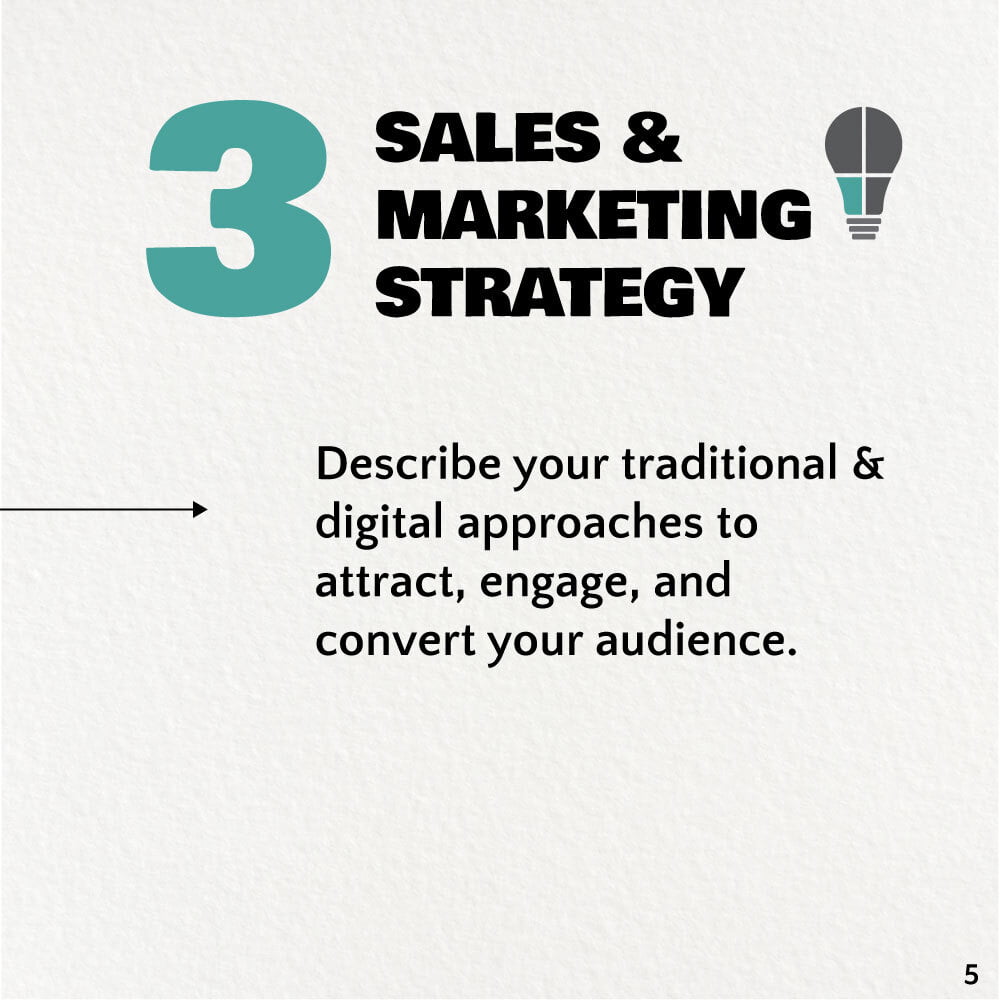


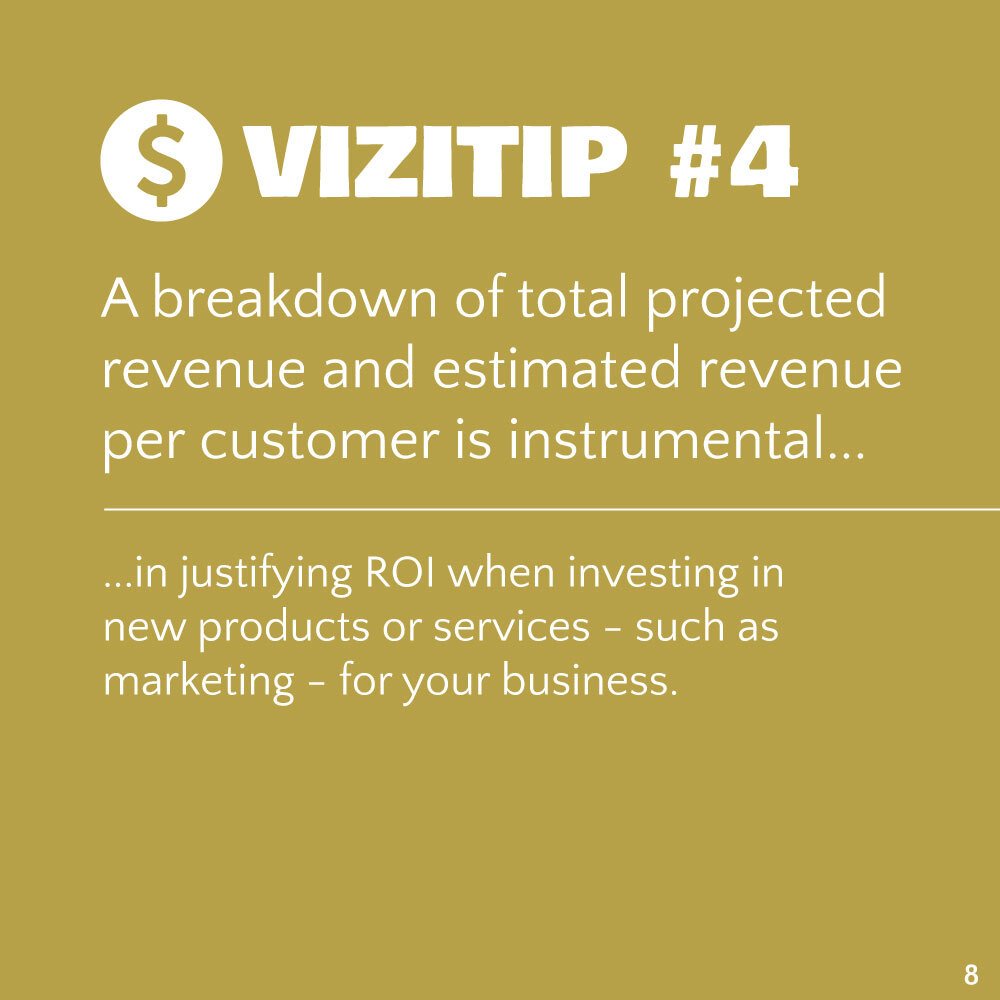


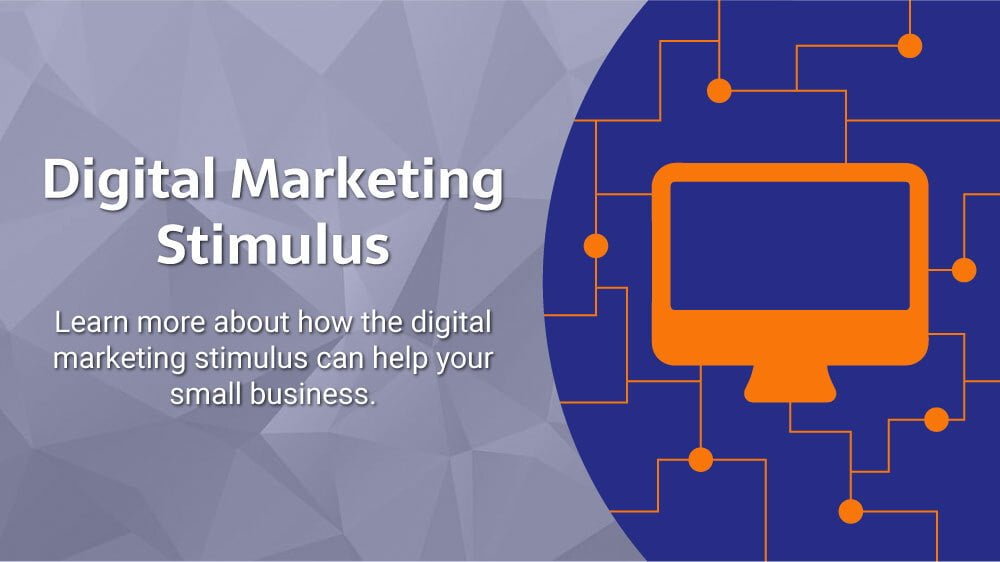





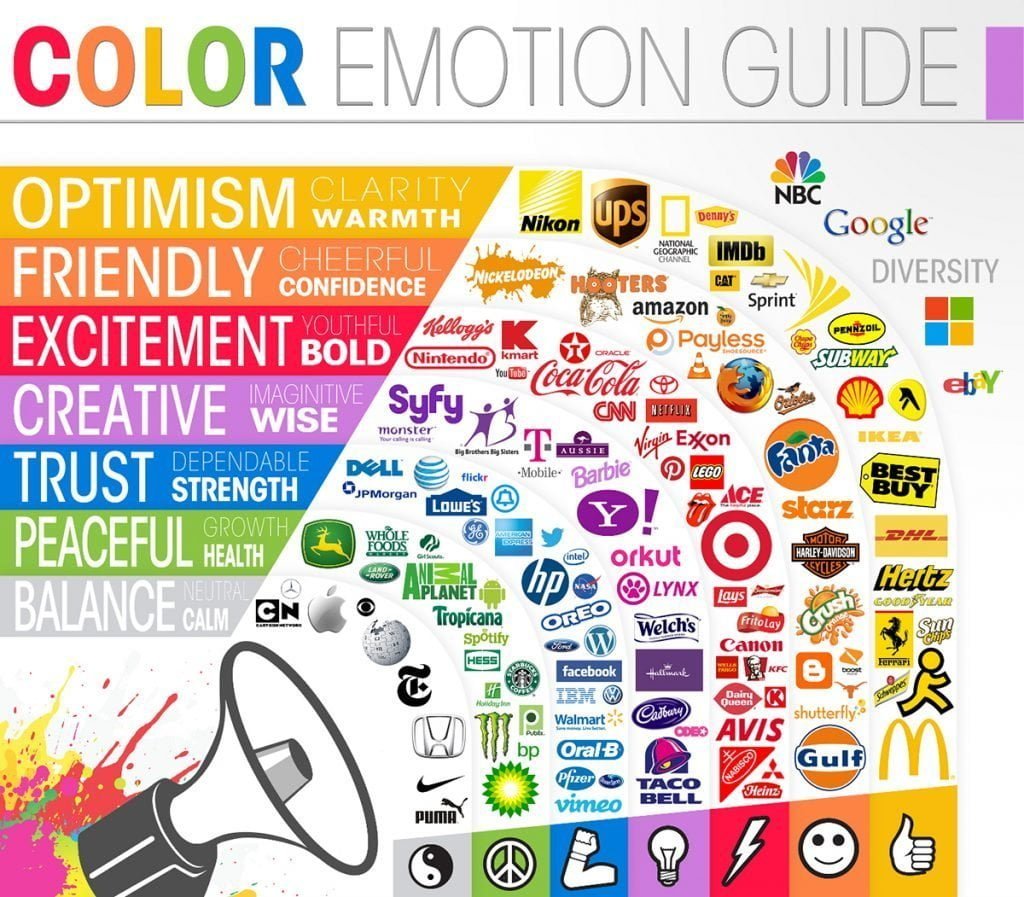



 6. Analyze Results
6. Analyze Results
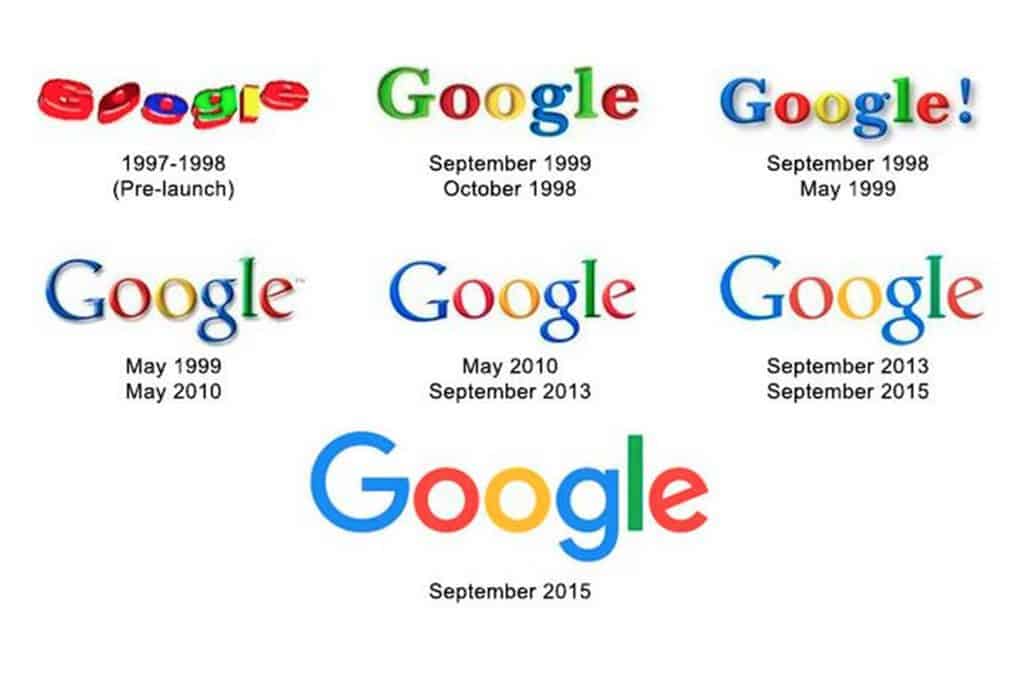


 Why is this so powerful?
Why is this so powerful?

 So, Here’s the Final Scoop
So, Here’s the Final Scoop Another beneficial outcome of responding to bad reviews in a positive, conciliatory way, is that very often the reviewer will feel sorry they dealt with things negatively. They can delete their review, or perhaps edit it to reflect the positive way in which you dealt with their concerns.
Another beneficial outcome of responding to bad reviews in a positive, conciliatory way, is that very often the reviewer will feel sorry they dealt with things negatively. They can delete their review, or perhaps edit it to reflect the positive way in which you dealt with their concerns.





